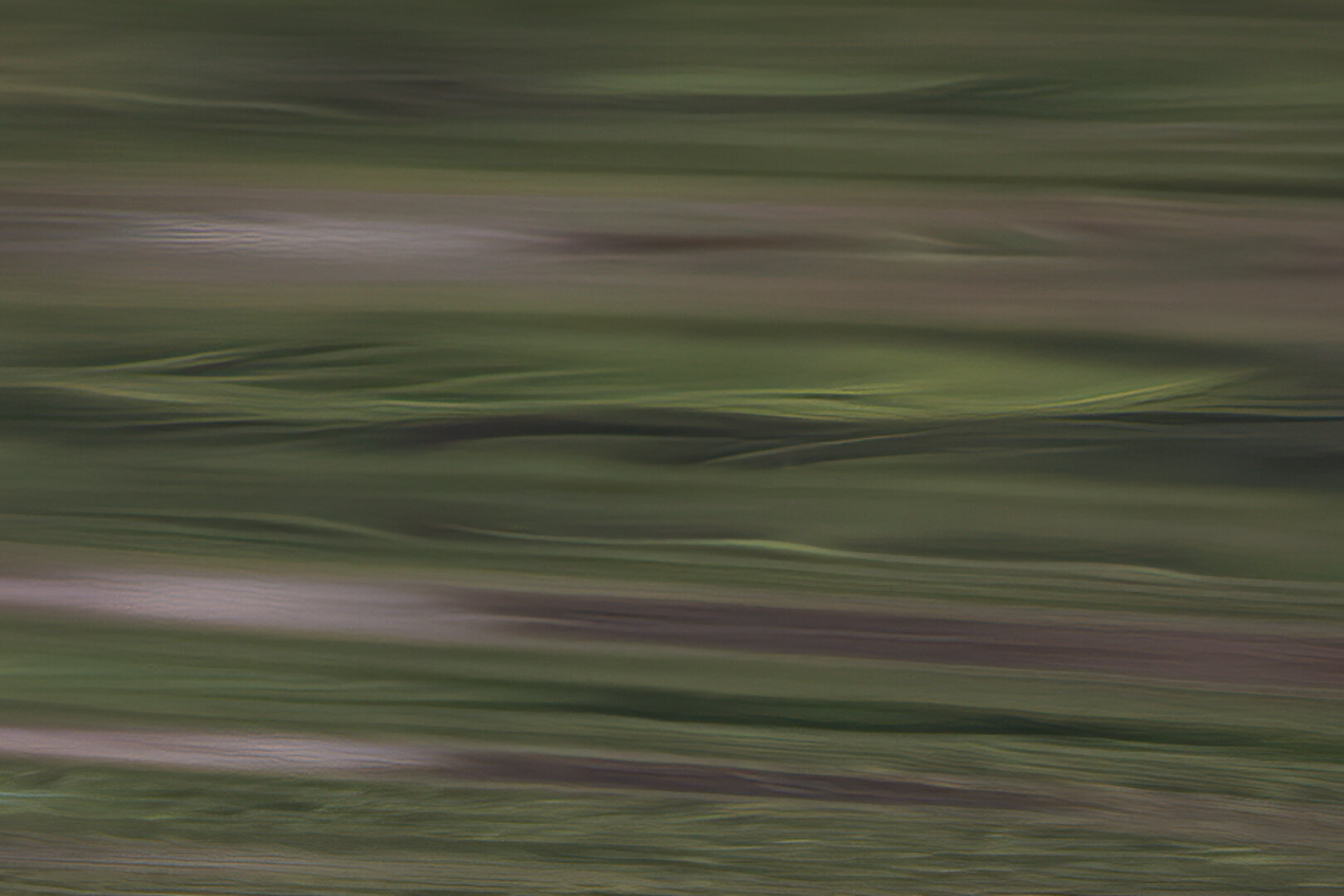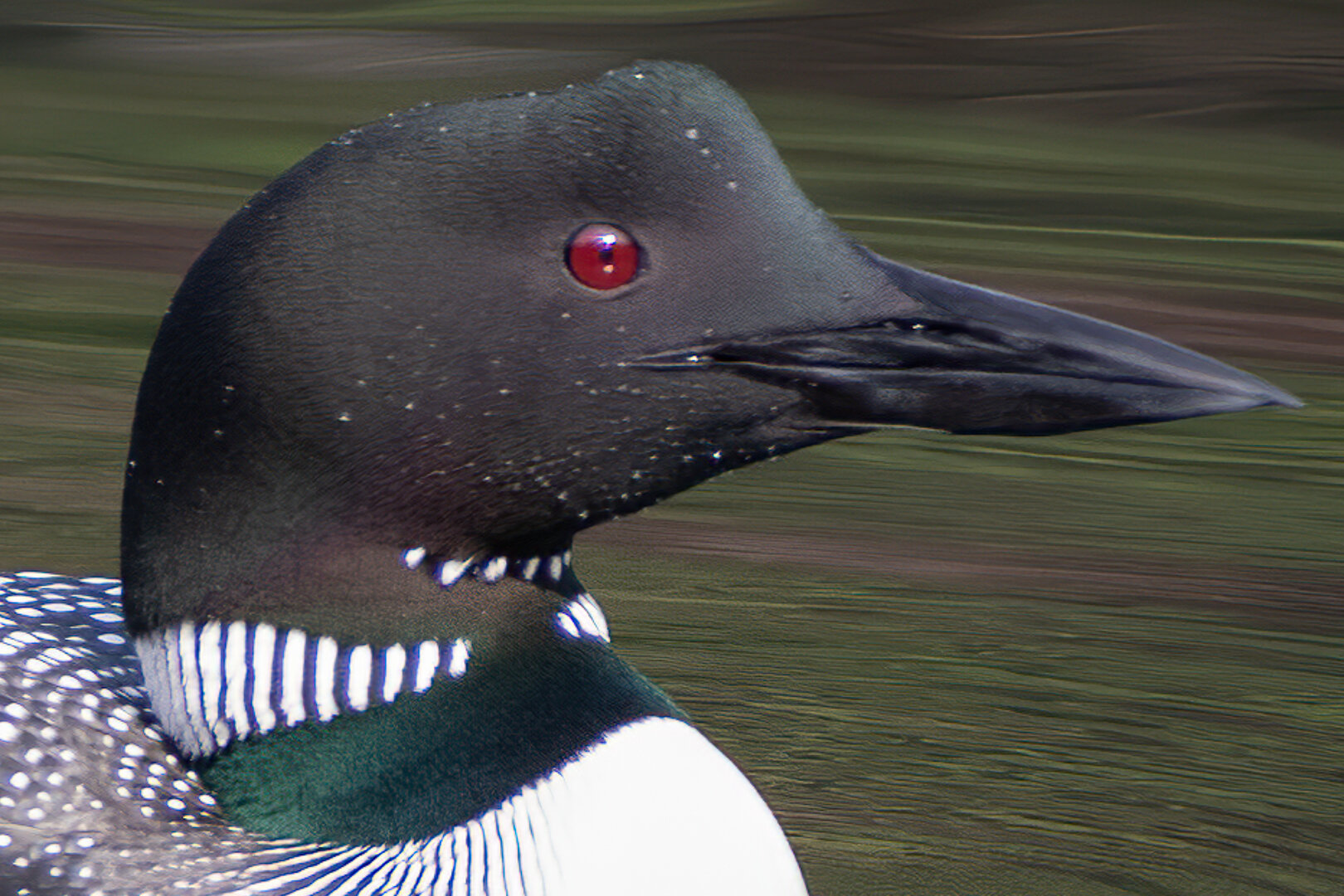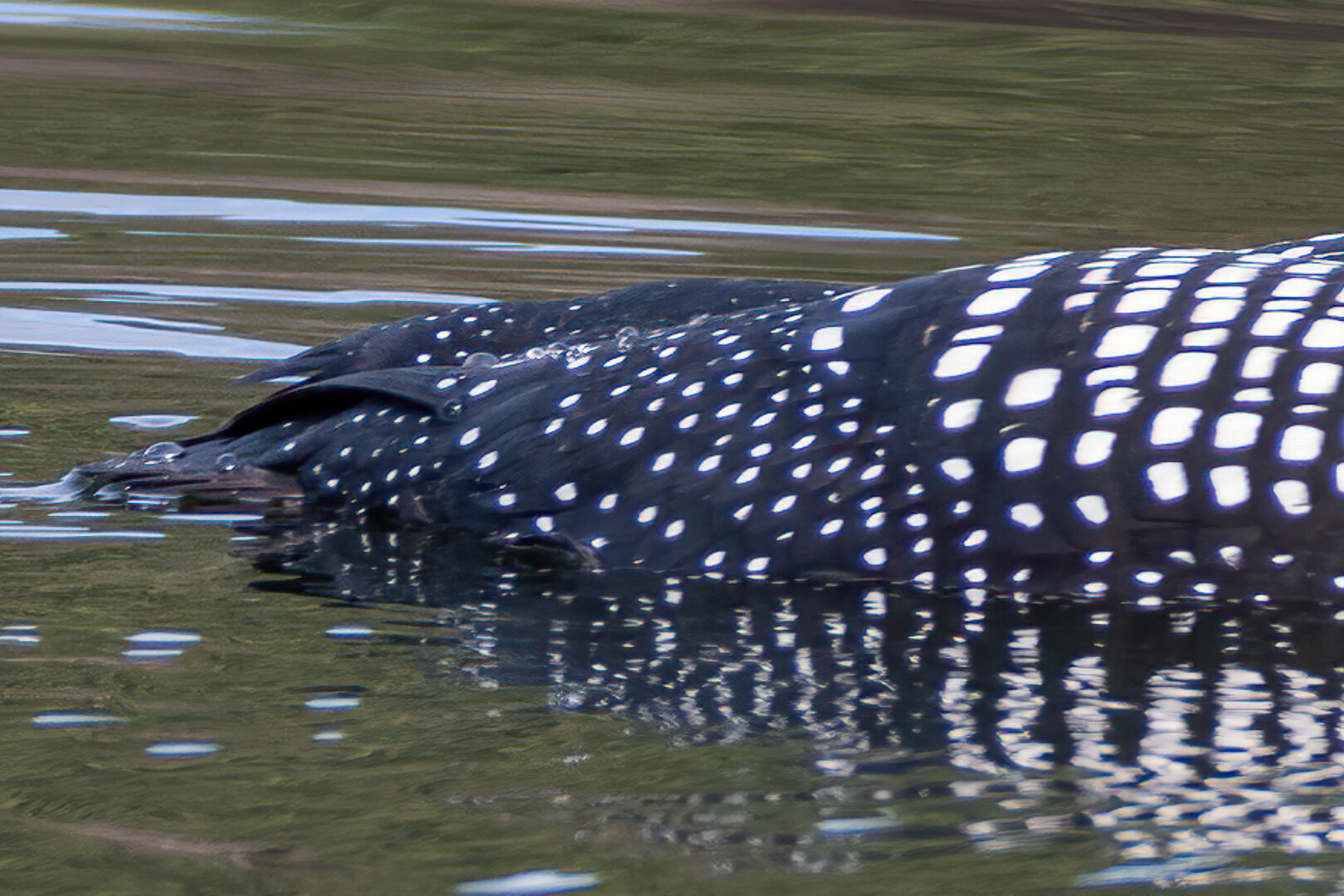Spring loon.
Stories help to connect viewers to photographs. They can add meaning to an image. They can aid connection. Connection between the viewer and the piece of art. Between the viewer and the artist. Between the viewer and the subject. One of the primary goals of my Adirondack photography is to help viewers be there when they couldn’t otherwise.
On a recent morning shoot I was working with surface reflection images at one of my favorite locations along Lake George in the Southeast Adirondacks. It’s a quiet spot, seldom visited and protected a good bit from wind and visitors. It’s kind of perfect in a way, you get to explore the interaction of the lake with the forest that surrounds it. The rocks, the trees, the water. Often in solitude. It seldom disappoints.
On arrival I heard the distant call of a common loon. Possibly two. Not unlikely given the ice had receded weeks before and loons often arrive just after ice out. I always enjoy hearing their call. It always reminds me of the Summers I have spent in the Adirondacks exploring its many lakes. Sometimes I can hear them as they migrate in, passing high over my home and giving a short version of their call.
I setup for my work and began exploring some compositions. I tried a few different angles. The light was warm and diffuse with next to no breeze. Perfect conditions for what I was trying to photograph, the emergence of color in the Adirondack forest. The chorus of Spring birdsong in the forest around me and the repeating calls of the loons was so beautiful. I don’t often do video work, but the moment really struck me so I recorded some for you.
Challenge
What do you hear?
How many different bird species do you hear?
Pause and listen, record your list.
Not good with bird identification by song? Try identifying distinct calls.The answer is at the end of the blog.
being ready - being present
In my last blog on creative wildlife photography I mentioned that my approach tends to be more opportunistic. At this point in my photographic journey I don’t set out to photograph wildlife specifically. I do, however, try to be alert to opportunities and to be ready to photograph wildlife should the opportunity arise and if the lighting is suitable for image making. I rarely set out for a specific subject, but often try to get myself into the field in good conditions with certain themes in mind. On this day I was out along Lake George to try to photograph some of the Spring colors present on the Adirondack forest. It provides for the opportunity to do work with water but also provides some angles on mature trees of a large variety of different tree species. Maple, oak, birch, aspen, and even the occasional cherry. Various willows are also present.
While working with the trees and the reflections I noticed from time to time a few different ducks in the water. They were a good distance away, too far to photograph. I couldn’t even identify them, but I did notice that they were divers. They were busy hunting for food. The fact that they were shifting their locations frequently triggered in my mind that I might want to be ready to photograph them should they come in close. At that point I finished with what I was working with and swapped out my lens for the large Nikon 200-500 f5.6 and moved to the path on the Eastern side.
About a hundred yards from my previous location I noticed a paid of Canada geese on the trail ahead of me. They were hanging out in the grass between the trail and the water. This had me pause. I decided to stop where I was and work from this location because I didn’t want to disturb them. They are loud and big. If I flushed them they would alert the whole area of my presence and most likely add a lot of rippled water to this calm cove I was working in. Neither was an outcome I wanted, so I just let them do their own thing.
Being part of the system
One of the key elements to my approach in the field is to be as silent as possible. To not leave a physical footprint. And to not leave an audible footprint, either. To let my energy match the energy of the situation. If I’m a noisy chaotic mess in the midst of a calm forest I shouldn’t expect to be able to photograph its stillness. Being noisy and leaving mess behind also degrades the wilderness experience of others. If I’m blabbering away I shouldn’t expect to be able to see a fawn grazing in the open at dawn, she wouldn’t trust me. And so I try to match the energy, to be still in my mind and in my actions. The approach lets you connect with the surroundings much more easily and possibly more meaningfully. And in the case of wildlife, it sends out the signal that you can be trusted. Wildlife communicate with each other very quickly, so be alert to the messages you are sending out. Had I disturbed those two geese not only would they have ruined the calm water for a bit they would have alerted all the birds around me and the waterfowl that something is wrong.
The approach
I continued on with my work along the shore. It was a challenging shoot as I was really struggling to find compositions I liked. I also fumbled a bit with focusing the lens. The trees themselves were easy. The calm air helped a lot with them. But the reflections were a challenge. Focal point, depth of field and shutter speed — as you could imagine — were all critical. I enjoy that challenge but my head was starting to hurt!
While all this was going on I continued to keep an eye on the water for ducks and other birds. A pair of ducks did actually appear to be coming my way. I kept an eye on them. They were large, they had short necks, and they dove. In the Adirondacks that reduced the options down to two species: the common loon or a merganser. The merganser could be either a common or a red-breasted, both of which are options in April in the Southeast Adirondacks. After a few more moments I zoomed my lens way in and focused on them to get an identification. It was a pair of common loons!
As they approached it became clear what the pair was doing. The loons were working the shore and alternating dives for fish. I wasn’t sure how close they would come to me because I was in the open at that point. I waited a bit longer and then returned to my tree work. After a few more minutes I realized they were coming in fairly close.
Know the behavior
Loons are iconic Summer residents of open waters across the Adirondacks. They are capable divers and powerful swimmers. Their bones are fairly dense for a bird which helps them with their ability to dive. Their feet are awkwardly set on their body for walking, but perfectly set for swimming. When they dive they rarely reemerge to the surface in the spot where they dove. It could be fifty yards away or more.
The pair approached even closer now, with one nearly opposite me on the shore about fifty yards away. The lighting was terrific and it was now looking like I might be able to grab an image. I’d need a fast shutter speed so I opened the lens wide for f5.6 and bumped my ISO up to 320. This brought my exposure in even lighting to 1/400s. I flipped the shutter over to Ch, continuous high, to be ready for rapid bursts. Loosen the ball head and hold the camera ready.
The more forward of the pair, this loon swam fairly close to me but was along the far shore. Given its direction I was hopeful that if it dove again it might reemerge closer to me. It was at this point that I stopped what I was working on to ready for the shot should the loon come in closer.
This is also a good representation of being alert and mindful of your surroundings. It wasn’t until I pulled up this test shot at home that I realized I missed an odd opportunity. Look at that beaver lodge! Holy smokes, there are two adult beavers sitting right on top and looking right at me!
If I had noticed them and moved the focal point to the left I could have had them in the same frame. Honestly never saw them and I had been out there for over a half hour at this point.
I snapped a few frames as it swam along the far shore. It dove! I waited. Moved the focal point to the right side of the frame. It emerged! The loon was now right in front of me, about thirty feet away. Framed it quickly to the right in the direction it was swimming. Waited for it to turn its head. And then let the camera do its work. Focus on the eye and pray I get a decent frame. I grabbed about ten frames. It turned its head back and I grabbed five more. Then it dove again. And emerged about a hundred yards away in poor lighting.
All told it was about three minutes and it was only in front of me for about 20 seconds. You cannot change a lens that fast. You could scarcely readjust your camera that fast. Being present and being ready was really key. I switched my camera back to my normal landscape settings and carried on.
“Spring Loon.”
Back in the studio I opened up the images from the morning and realized I had some really nice frames of this adult loon. I decided on one with the best potential and “Spring loon.” is the result. The exposure was correct enough and the framing was to my liking. I am fortunate that I had an elevated position for the image, had I been lower to the water the bright background of the far shore would have been tough to contend with. I couldn’t be more pleased with the results, it really captures everything I love about this bird.
Taking a closer look
There are a number of things I really enjoy about this print. The reflective quality of the water is apparent, which is actually what brought me out that morning in the first place. I am really pleased with the fine detail on the bird. I am also pleased with the way the water rendered at that shutter speed. The loon was frozen but the water smoothed out. Here are a few enlargements of different sections of the image.
Dedication
As with nearly all of my fine art prints, this new addition to the portfolio is dedicated. It is an honor to commit this print to supporting the Lake George Land Conservancy with 10% of all proceeds. The Lake George Land Conservancy (LGLC) has done an outstanding job in helping to conserve Lake George and its surrounding watershed for the betterment of not only the lake but also the surrounding ecosystem and the greater community of residents who come to enjoy the lake and it’s expanding network of trails.
“Spring Loon.” is now available as either a giclee fine art print on museum-grade fine art paper or as a more casual direct print on recycled aluminum. Both versions are open editions and are signed and dated. Both versions are also available framed in archival framing to suit your home or office.
By special request this image is also now available in my note card collection. They came out beautifully and make great gifts!
Thank you
I hope you enjoyed this behind the scenes view at the creation of one of my Adirondack photographs. There is obviously a lot more in terms of processing and image refinement, but the work flow walk through is maybe a help to you understanding the image more and helping you get a better appreciation for what goes into an image. Questions? Comments? Feel free to drop them below or reach out to me.
Thanks so much for your interest! All the best to you.
Birdsong identities…
This is actually a fairly diverse video in terms of bird calls. There are at least two in there I am not sure of due to the sample size. Give a shout if you hear something not mentioned in the list!
Common loon
Red breasted nuthatch
Bluejay
Ruby crowned kinglet
Pine warbler
Woodpecker (unknown)







